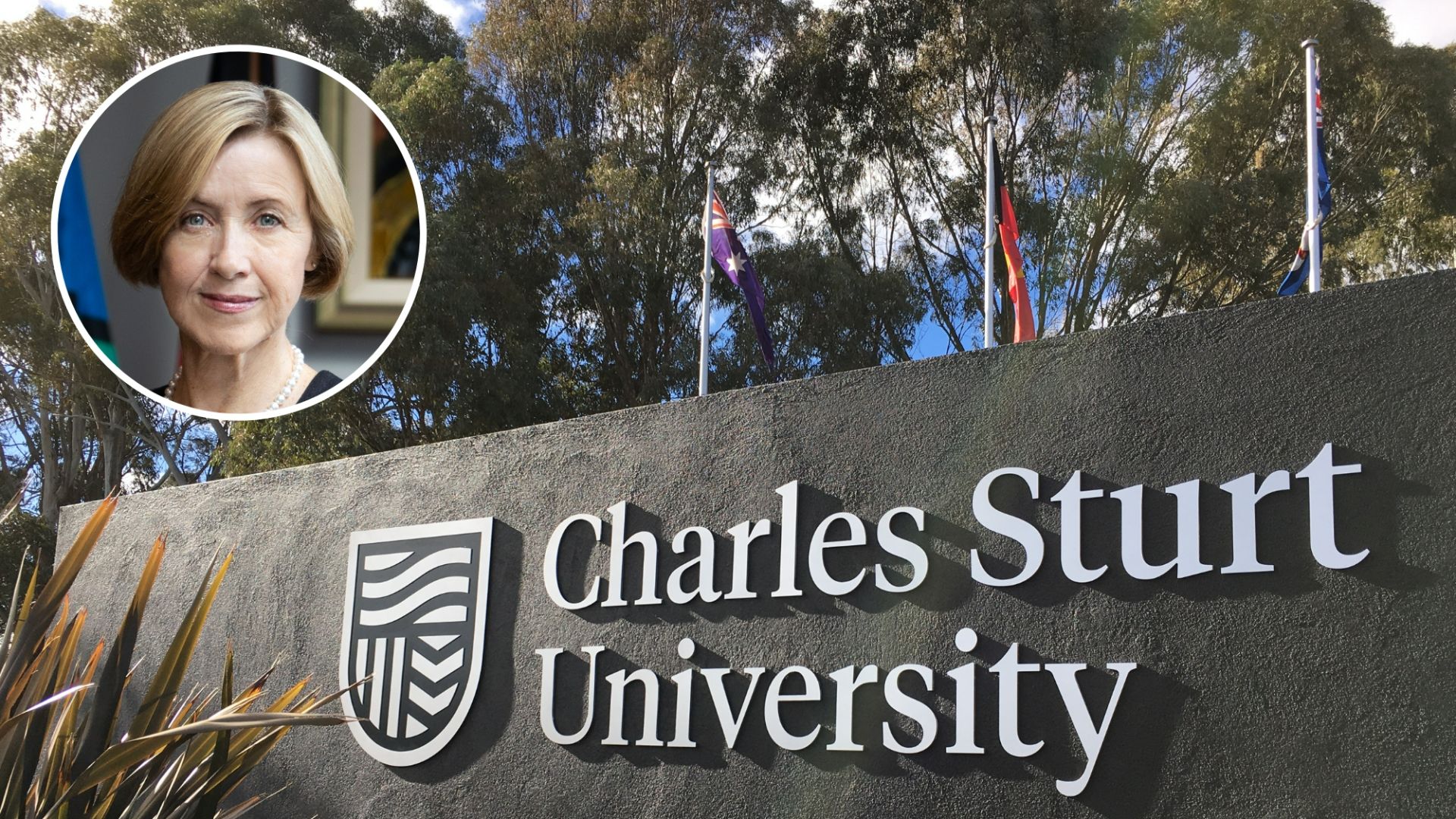On Tuesday 24 June, 2025, Charles Sturt University announced to staff and other stakeholders the need to remove $35 million from the University’s operating budget between now and the end of 2027. While the University is focused on seeking non-salary savings, unfortunately there will also be job losses.
As distressing as this decision is, it should not come as a surprise. In recent years, the Australian university sector has been in crisis, with jobs, courses and research jeopardised by needlessly restrictive and unsupportive government policies. We have been saying as much to those responsible but those comments have fallen on deaf ears, to the detriment of our staff and communities.
Other Australian universities have raised these same concerns before being forced to make similar announcements. Staff at regional universities have borne the brunt of this pain, with job cuts announced by other non-metropolitan universities in the last 12 months. Charles Sturt is the latest but, sadly, we will probably not be the last.
The simple truth of Australian higher education is that international student revenue pays for domestic students and research and, by extension, jobs at universities.
In 2019 Charles Sturt had 8460 international students. In 2024, we had approximately 10 per cent of that number. Tellingly, the net profit from our 2019 cohort of international students was $33.8 million, very close to the figure we are now trying to save.
Government policies to restrict visas and apply de facto caps have severely hampered our ability to recover our previous volume of international students. The consequent revenue gap, coupled with a one-size-fits-all funding model which disproportionately handicaps regional universities, has crippled our ability to invest in our courses, research and campuses.
In Charles Sturt’s case, international students cross-subsidise students from regional, rural and remote locations, who represent about half of our 2025 undergraduate cohort. They also help to cover the costs of our First Nations students, low SES students, first-in-family students and students with disability, all of whom we proudly enrol, teach and graduate at above sector-average levels.
Revenue from international students has also allowed us to subsidise regionally delivered courses which run at a financial loss, including Medicine, Veterinary Science and Physiotherapy. The majority of our graduates in these fields and others stay in regional Australia to build their careers, helping to fill the critical skills gaps which plague our communities.
Our ability to produce research which provides solutions to regional Australia’s most pressing problems is being curtailed. Our researchers do groundbreaking work in fields as diverse as improving First Nations health and protecting Australia’s agriculture sector from devastating pests and diseases. We want to do more of this work, not less.
Rhetoric from the Government about the importance of Australian universities as cornerstones of national opportunity and productivity has not been matched with action. Far from it. Instead, policies have deliberately pincered universities, forcing us to limit the very opportunities for students and research outputs we are being publicly asked to deliver.
This is not just a matter of fairness—it’s a matter of national interest. Investment in regional universities is an investment in the future of Australia’s regions. To play our part in optimising that future we require from Government, as a matter of urgency:
- A dialling down of the rhetoric against international students and easing of visa restrictions and fees, allowing a return to sustainable international student numbers
- A needs-based funding model for domestic students. The current one-size-fits-all model does not account for the higher costs of delivering education across dispersed regional campuses, the need for wraparound student support, or the infrastructure required to serve remote communities.






Social
Explore the world of social